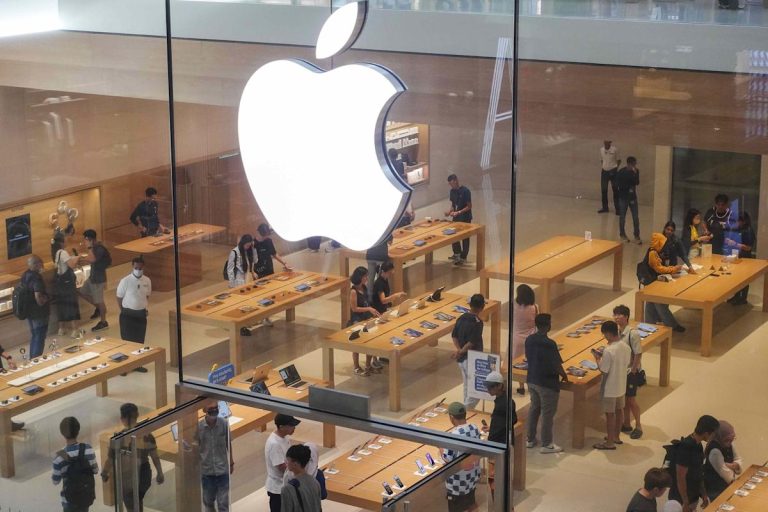Sunil Subramaniam: Actually, like you said, the question is—why were they under pressure in the first place? I’d call it the Trump effect. Mr. Trump has been talking a lot about imposing heavy pharma tariffs. He hasn’t actually done anything yet, but every time he makes such statements, it creates nervousness—whether he’s targeting CDMO players or generics, and how he plans to go about it. That uncertainty has impacted the pharma sector, putting it under pressure.
Now, when individual companies are reporting good numbers, the market has no choice but to buy into them—because at least those companies are indicating a positive outlook. Plus, some of them may not even be impacted by tariffs, creating a window of opportunity. Also, the pharma space includes domestic-oriented businesses like hospitals and diagnostics, which are unaffected by U.S. tariff issues. So overall, pharma remains a defensive play.
Another reason for pharma’s past underperformance is that FIIs were driving the selling pressure. They closely track export-oriented sectors. So the recent post-results bounce in pharma is largely driven by DIIs. FIIs still haven’t firmed up their stance on India. They remain a bit cautious, especially because the delay in the BTA (Bilateral Trade Agreement) hasn’t helped sentiment.
What’s your overall take on where the market is headed? We’ve been consolidating for the last few months and now we’re even below the 25,000 mark. Triggers like earnings or the UK-India FTA haven’t had much impact. FII flows are drying up. What’s the next big trigger, and how do you see the market moving?
Sunil Subramaniam: First, we need to understand the market’s movement over the last three months. Post-March, FIIs were actually buyers in April and May, and even in June, though to a lesser extent. Meanwhile, if you look at the end of March, mutual fund DIIs—especially domestic mutual funds—had built up cash positions to around 7.25% of their portfolios.During April and May, both mutual funds and FIIs were buying, which supported the market. But starting this month, mutual fund cash levels are back down to around 5%, which is close to their lower limit. That means DIIs don’t have as much cash left to deploy, apart from the fresh SIP inflows.So, looking at last earnings season and market levels, domestic funds have largely deployed their cash. FIIs, on the other hand, had expected some action around the BTA by July 9, which then got pushed to August 1. But now, even that deadline seems unlikely to be met. The Indian trade delegation has returned from the U.S. without a deal. Sticking points remain—like agriculture—and they won’t be easy to resolve.
So the question now is whether Trump will extend the 10% tariff pause beyond August 1 or slap a 26% tariff on India and then negotiate, like he did with Japan—imposing higher tariffs first and then signing a deal at 19%. That kind of uncertainty around the India-U.S. BTA is keeping FIIs cautious.
Another factor is China. While China and the U.S. haven’t signed a full BTA either, they seem to have reached some understanding. Meanwhile, China’s markets have been beaten down so much that the one-year forward P/E is around 11—compared to India’s 22. And China’s economy is about 4.5 times larger than India’s. Even at 4% growth, those are big numbers. So FIIs are starting to see more value in China, pulling some attention away from India.
Now, as for your question on the next trigger—clearly, a breakthrough on the BTA front, like an interim deal or assurance that tariffs will be capped below 20%, could bring FIIs back. On the domestic side, it’s the ongoing earnings season. Results have been mixed. The IT sector, for instance, didn’t post terrible earnings, but weak guidance is weighing heavily, especially in the absence of FII buying.
Because DIIs have already used most of their cash, their incremental buying will depend on the inflow from SIPs and earnings results. So companies with strong earnings and forward guidance will likely get DII attention.
Lastly, if the early festival season gives good signs on the consumption front, that could also be a positive trigger. Until then, expect the market to remain in a sideways, consolidative phase for some time.








